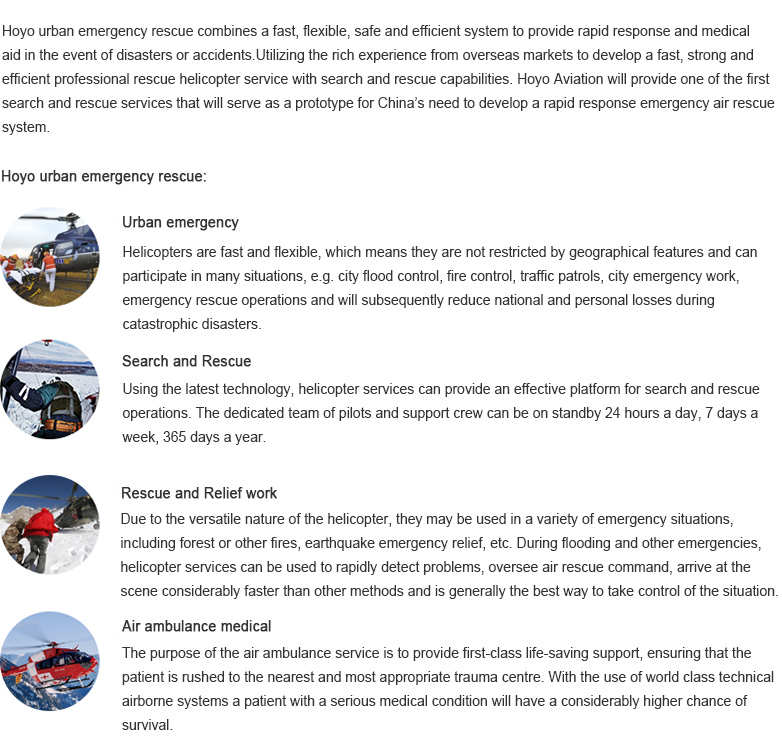Understanding What Attracts Flying Roaches: Insights and Prevention Tips
#### What Attracts Flying RoachesFlying roaches, commonly known as cockroaches, can be a nuisance in many households. Understanding what attracts flying roa……
#### What Attracts Flying Roaches
Flying roaches, commonly known as cockroaches, can be a nuisance in many households. Understanding what attracts flying roaches is essential for effective pest control and prevention. These insects are not only unsightly but can also carry diseases and allergens, making it crucial to keep them at bay.
#### The Science Behind Attraction
Flying roaches are drawn to specific environmental factors that provide them with food, water, and shelter. One of the primary attractions for these pests is food waste. They are omnivorous and will feed on a variety of organic materials, including leftover food, pet food, and even paper products. Ensuring that food is stored in airtight containers and that surfaces are cleaned regularly can help minimize their attraction to your home.
#### Moisture and Humidity
Another factor that attracts flying roaches is moisture. These pests thrive in humid environments and are often found in kitchens, bathrooms, and basements where moisture levels are high. Leaky pipes, standing water, and poor ventilation create ideal conditions for cockroaches to thrive. Fixing leaks and using dehumidifiers in damp areas can significantly reduce the likelihood of attracting these pests.
#### Shelter and Hiding Spots

Flying roaches are also attracted to cluttered areas where they can find shelter. They prefer dark, hidden spots such as cracks, crevices, and behind appliances. Reducing clutter and sealing entry points around your home can help eliminate potential hiding spots for these roaches. Regular cleaning and maintenance can deter them from making your home their breeding ground.
#### Seasonal Attraction
Understanding the seasonal behavior of flying roaches can also provide insight into what attracts them. During warmer months, these pests are more active and may seek shelter indoors as outdoor conditions become less favorable. This seasonal migration can lead to an increased presence in homes, making it important to be vigilant during this time. Keeping doors and windows sealed and using screens can help prevent their entry.
#### Chemical Attractants
Interestingly, certain chemical attractants can draw flying roaches into your home. For instance, the smell of certain foods, particularly those high in sugar or fat, can lure them in. Additionally, pheromones released by other roaches can signal a safe environment for new roaches to enter. Using natural repellents and keeping your living space clean can help combat these chemical attractants.

#### Prevention Tips
To effectively keep flying roaches at bay, it is essential to implement a combination of prevention strategies. Here are some tips:
1. **Regular Cleaning**: Maintain a clean household by regularly cleaning floors, countertops, and other surfaces to eliminate food particles and spills.
2. **Seal Entry Points**: Inspect your home for cracks and gaps around windows, doors, and foundations. Seal these entry points to prevent roaches from entering.
3. **Reduce Clutter**: Minimize clutter in your home, especially in storage areas, to reduce potential hiding spots for flying roaches.

4. **Fix Moisture Issues**: Address any plumbing leaks and use dehumidifiers in areas prone to high humidity.
5. **Use Natural Repellents**: Consider using natural repellents such as essential oils (like peppermint or tea tree oil) that can deter flying roaches without harsh chemicals.
6. **Professional Pest Control**: If you find yourself with a significant infestation, it may be wise to consult a professional pest control service for effective treatment.
By understanding what attracts flying roaches and implementing these prevention strategies, you can create an environment that is less hospitable to these pests, ensuring a cleaner and healthier living space.